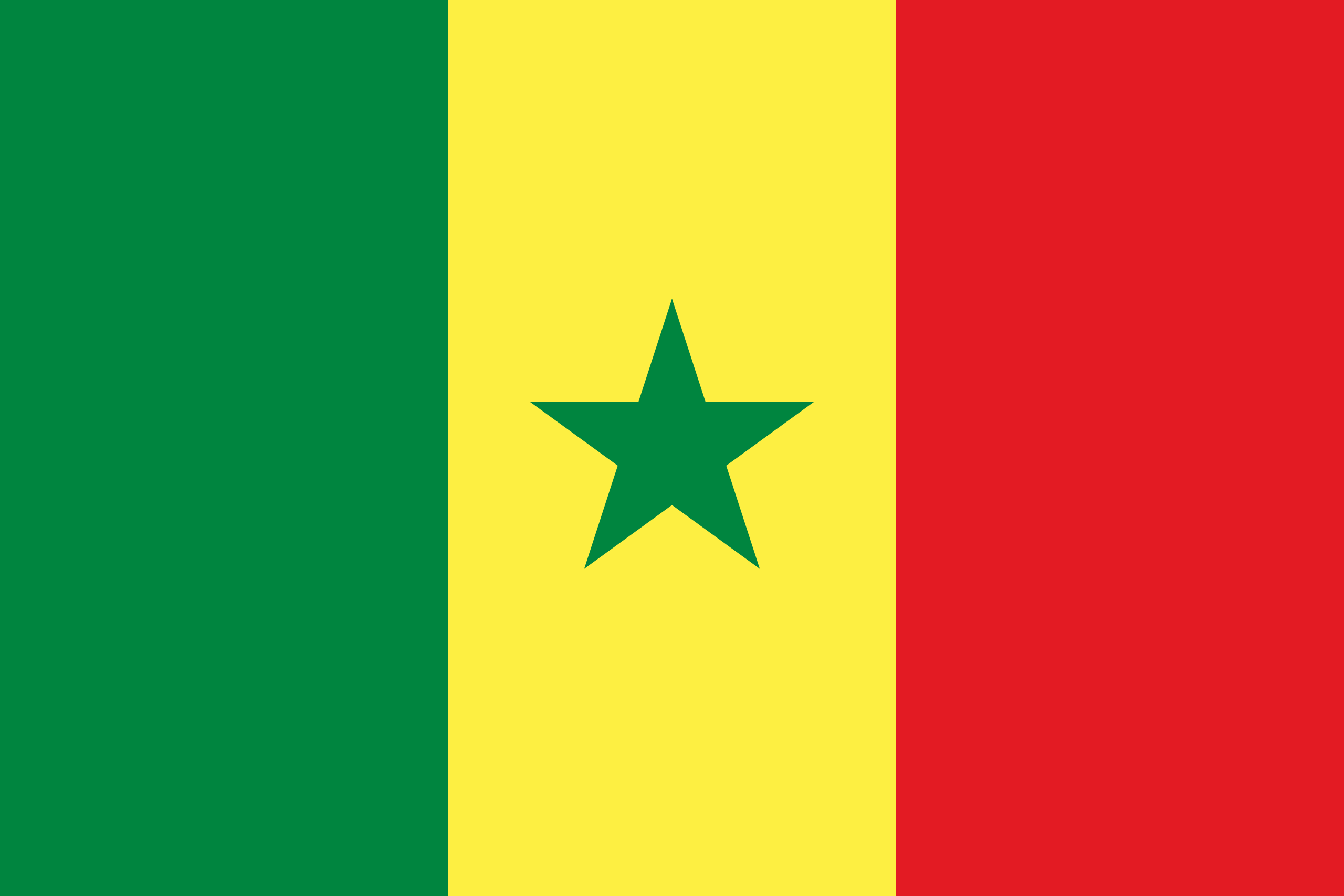
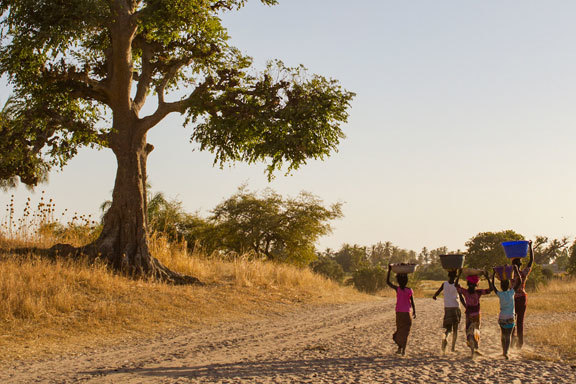
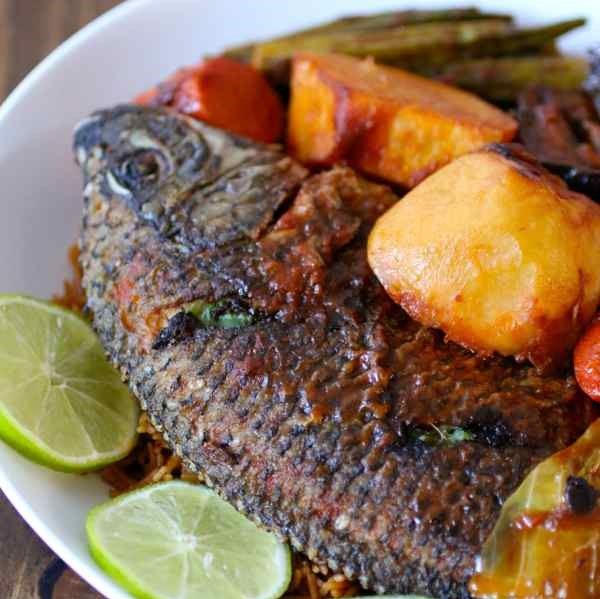
This regional cuisine is to celebrate “Black History Month”, the annual commemoration of the history of the African Diaspora, celebrated in North America during the month of February. The Senegalese national dish called thieboudienne, or ceebu jën in Wolof (language spoken in Senegal, in The Gambia and Mauritania), which literally means “rice and fish”. It is also spelled cee bu jen, ceeb u jen, thieboudiene, thebouidienne, theibou dienn, thiebou dienn, thiebou dinne, thiébou dieune, tie biou dian, thieb-ou-ddjien, thiebu djen or tiep bou dien.Thieboudienne
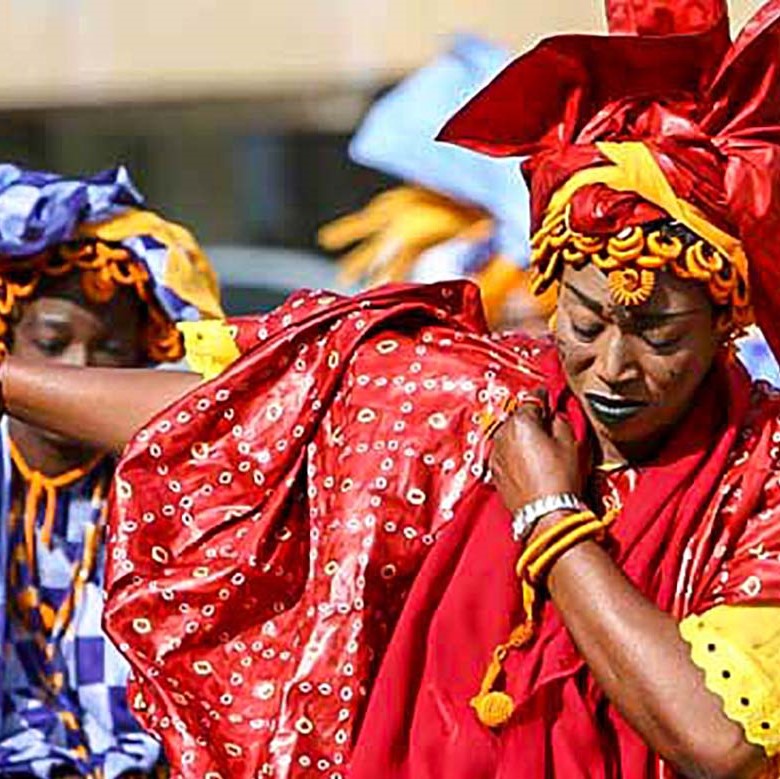
Senegal has a rich and varied culture dating back centuries. Music and dance play an integral role, and distinctive traditional music such as Yela, the rhythms of which mimic the sound of grain being pounded by female villagers, is still practiced by many people in Senegal. Musical instruments such as the kora and hoddu are still played during celebrations in many parts of the country. The famous Senegalese musician Youssou N'Dour was appointed the minister of culture in April 2012.Culture - Senegal
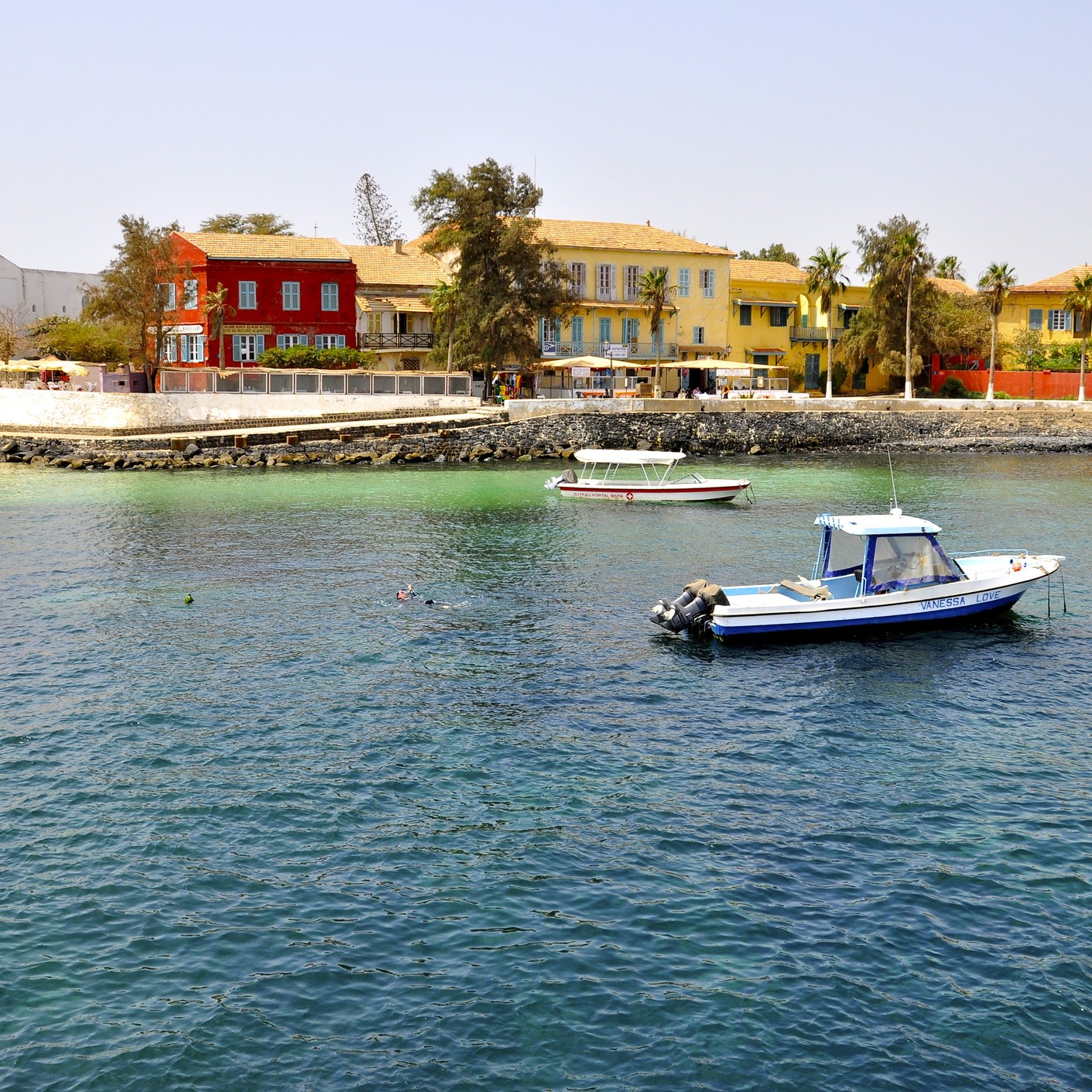
However, visitors yearning for a true taste of Senegal should take a traditional pirogue boat tour past picturesque villages along the Casamance River or an unforgettable safari through Niokolo-Koba or Saloum Delta national parks. Niokolo-Koba’s most stunning landmark is the 360 foot high Dindefelo Falls, while Saloum Delta contains Djoudj National Bird Sanctuary, one of Senegal’s many bird watching havens, and the Fathala Game Reserve, where visitors can observe Senegal’s exotic wildlife from the safety of their own vehicles.Special Sights
